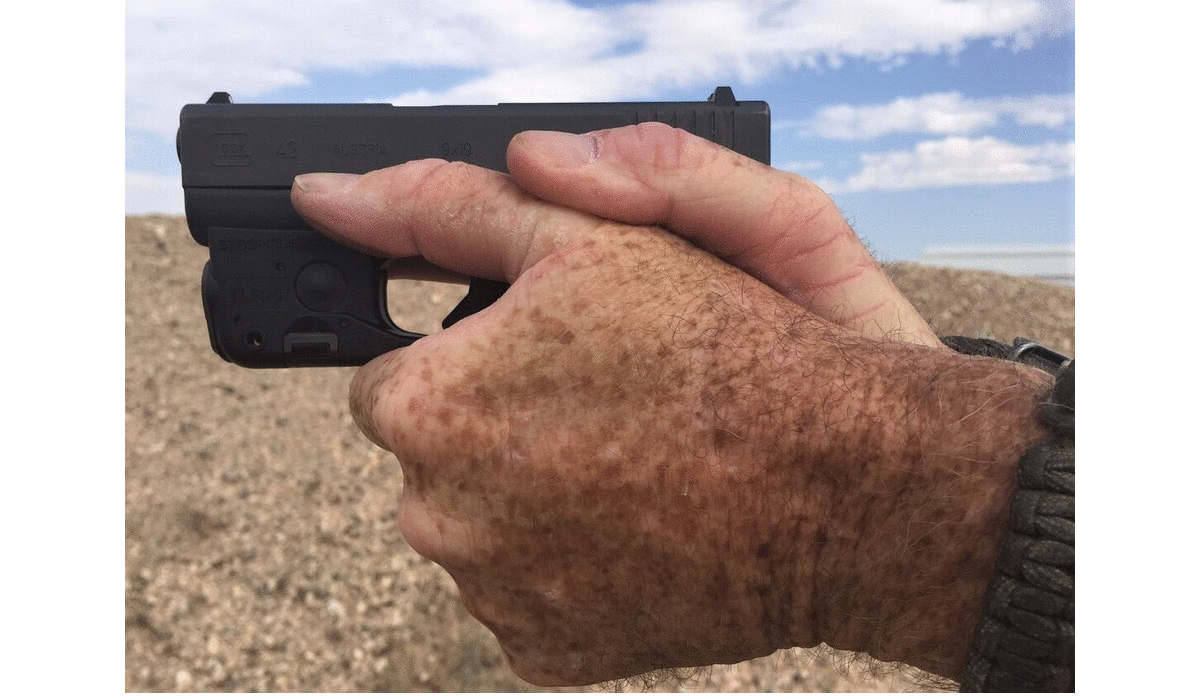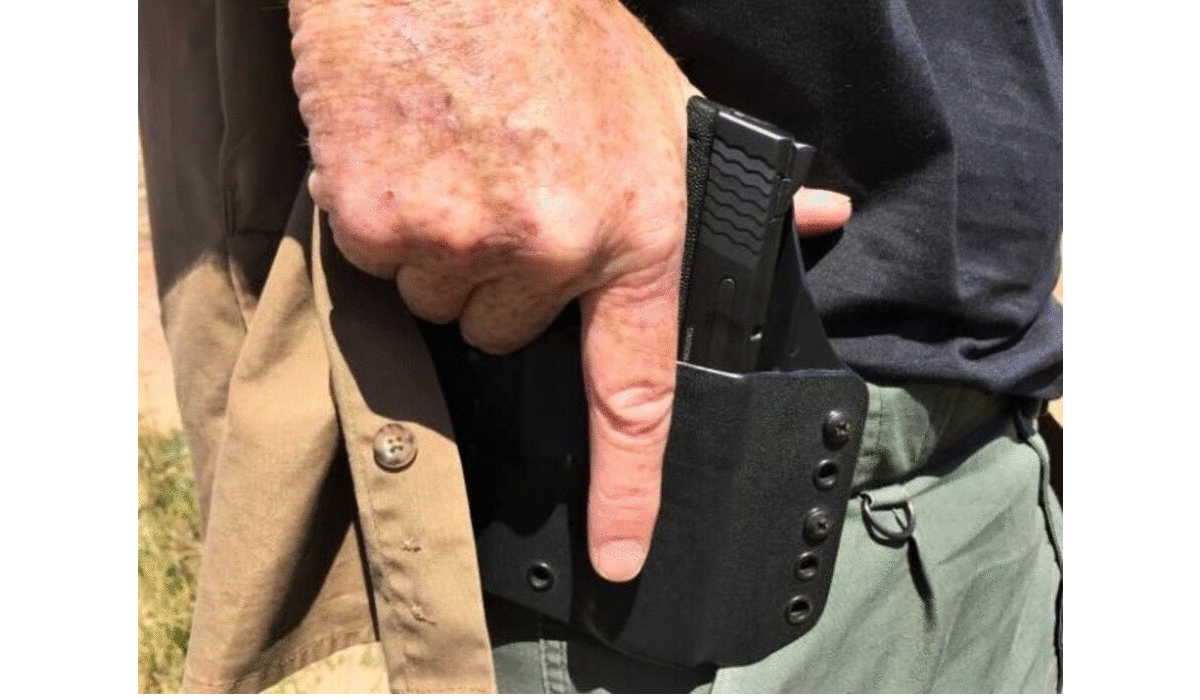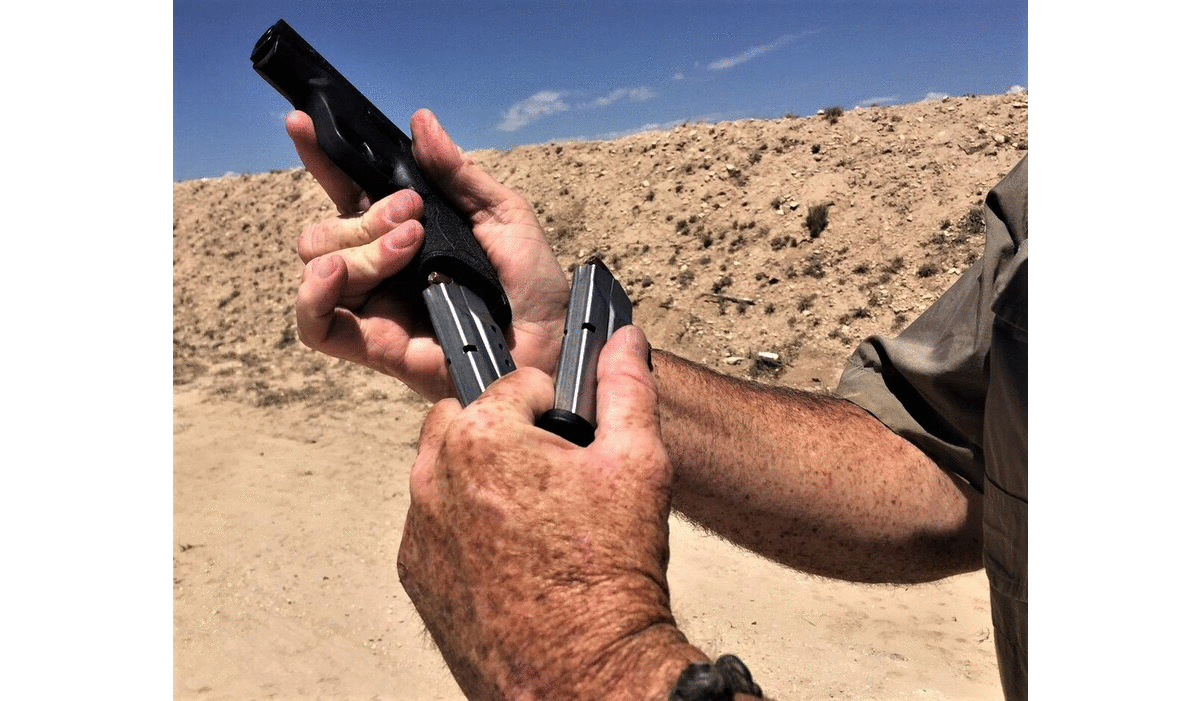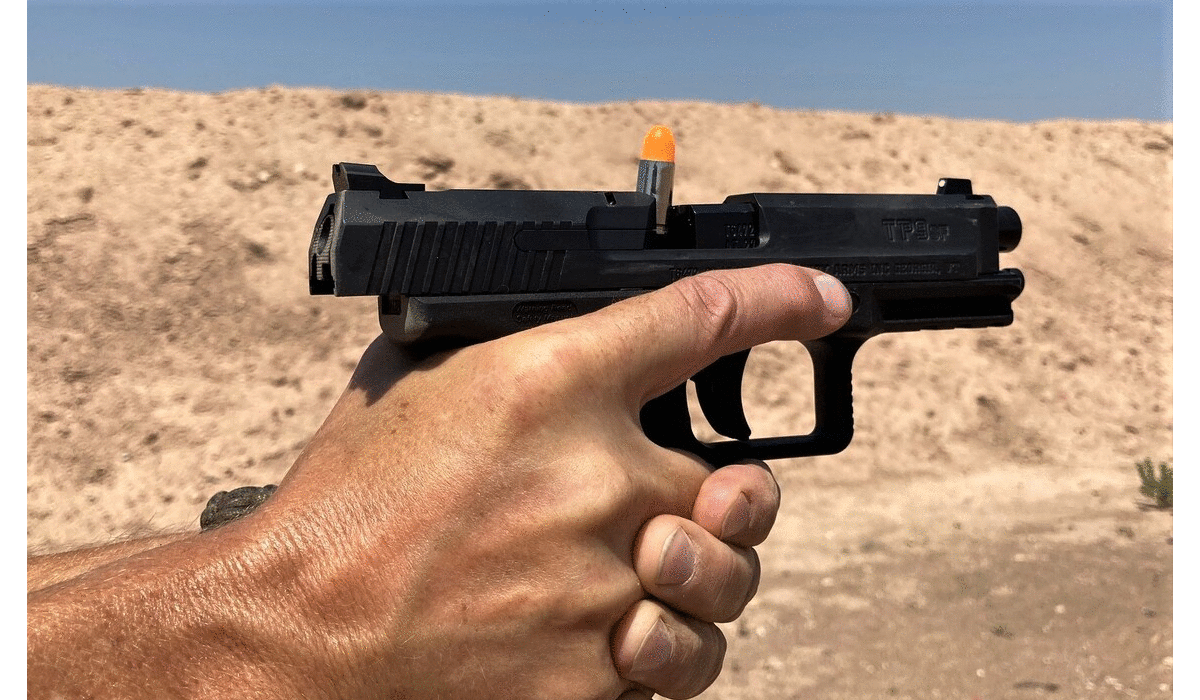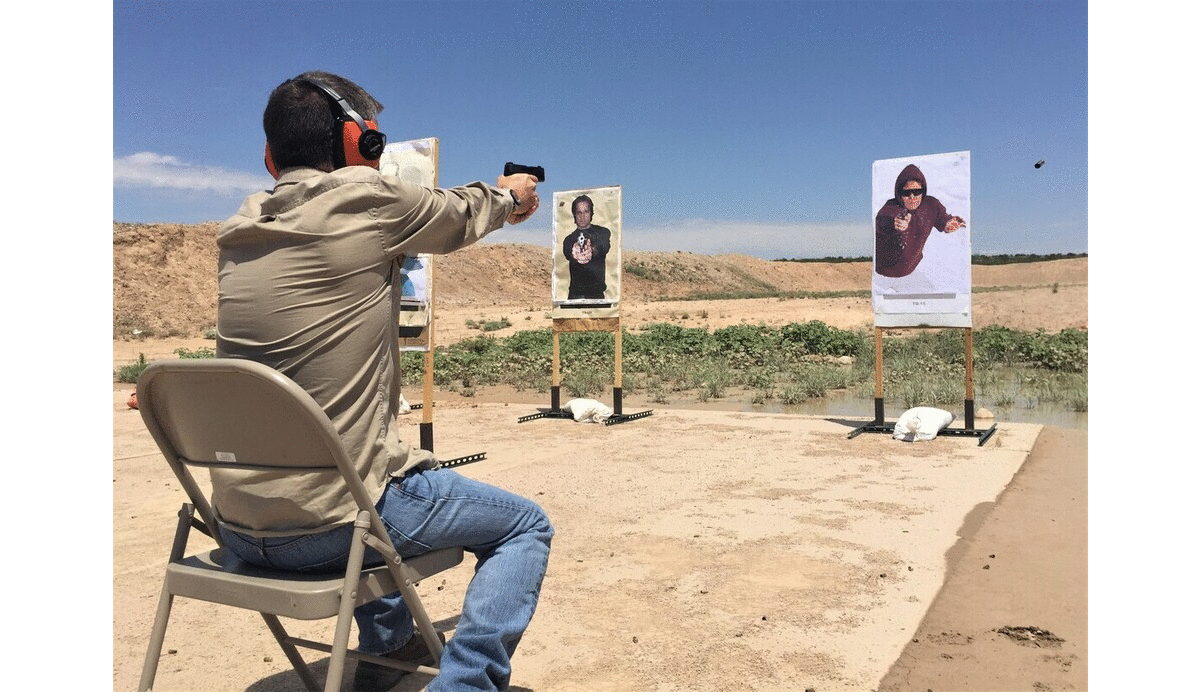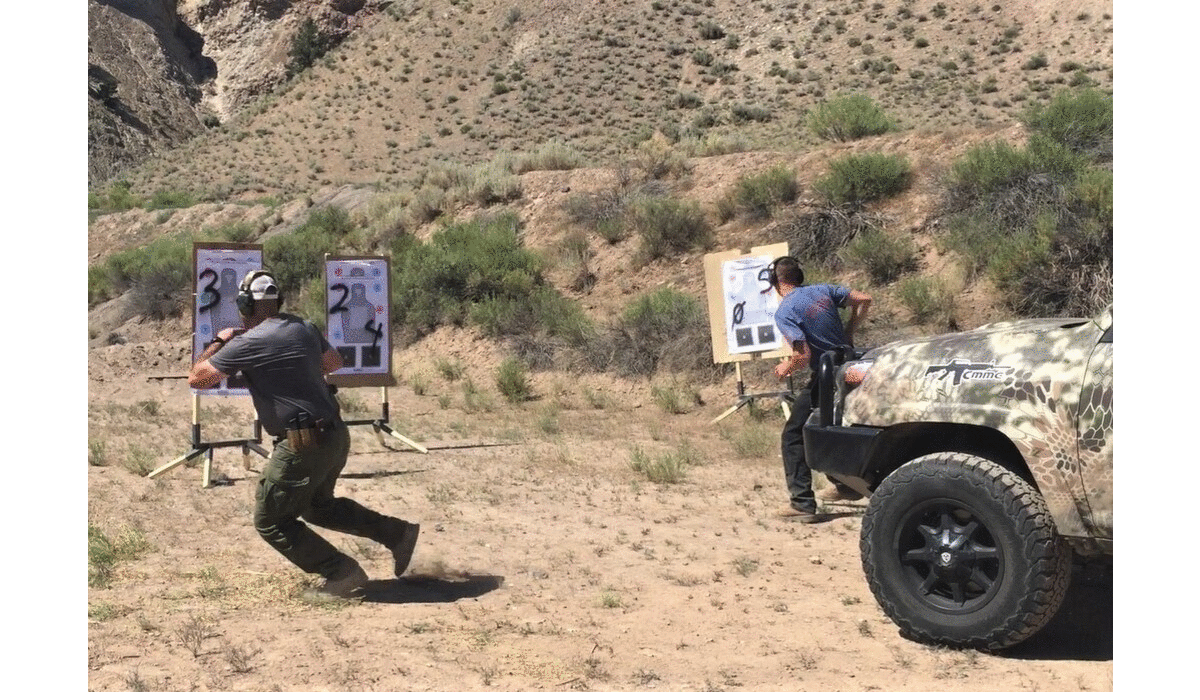Training for New or Veteran Gun Owners
Terry Nelson 09.14.20
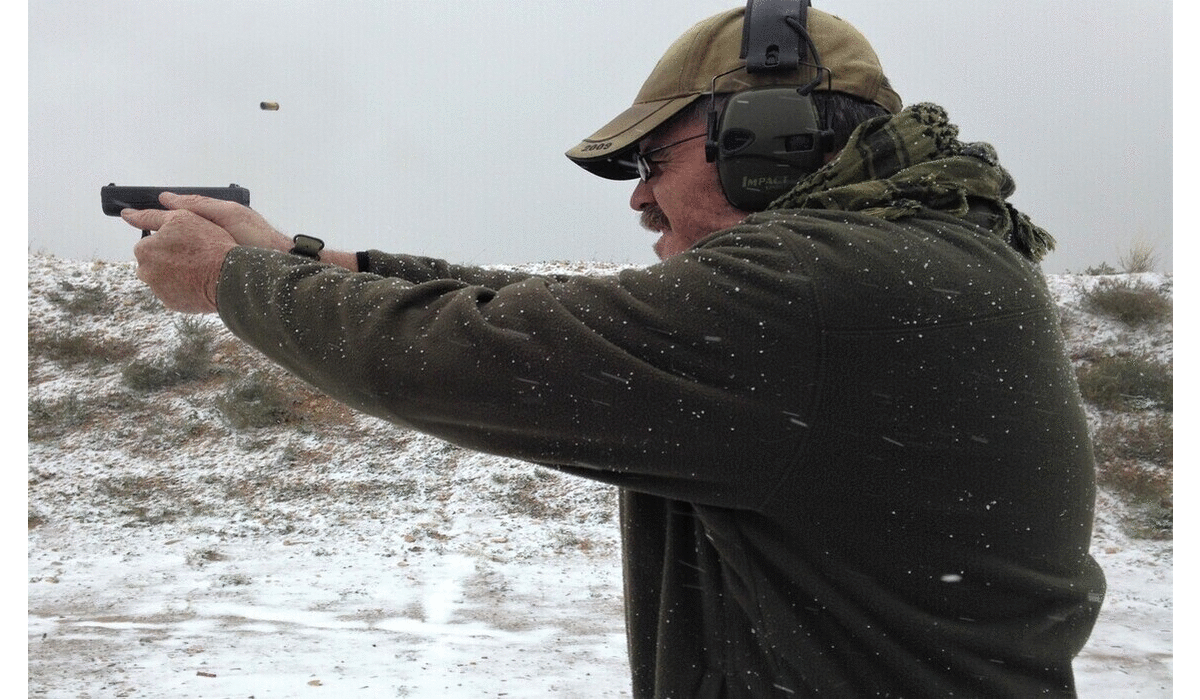
There have been more than 5 million new gun purchases so far in 2020. A high percentage of the purchases are first-time gun owners. In today’s world people are flocking to obtain their concealed carry license or to have a firearm for home and travel defense. Concerns over the changing political climate, the right to self-defense, the current riots, and pandemic are mostly responsible for the record level of new gun sales. With that in mind, whether you are a first-time gun owner or a veteran of gun ownership, a discussion of “beyond the minimum” gun training is appropriate.
Make no mistake — as human beings we all have the inherent right of self-defense. But as you begin the path towards everyday carry of a handgun (or any firearm for that matter) have you considered what training you may actually need? I would challenge you to take a more progressive training approach to the owning and carrying of a firearm on a day-to-day basis. My experience providing firearms training on a weekly basis for many years has taught me that for many folks, the most difficult aspect is learning the actual manipulation skills for running the gun itself.
When it comes to concealed carry of a handgun, many states require only a couple hours in a classroom or an online course to obtain a CCW license. Some simply require an application to the local law enforcement authority. Other states require two days of training and then renewal training every few years. Regardless of your state’s legal requirements to carry a handgun, I implore you to take your training to the next level.
A step-by-step approach for training is a good plan when teaching new students. Aside from the essential discussion of firearms safety and legal issues my initial training for students usually flows along a logical path as follows:
Solid shooting fundamentals
Basic shooting fundamentals of stance, grip, sight alignment, sight picture, trigger control, breathing, and follow through need to be understood and taught at the earliest possible level. Working on accuracy, distance, and speed while shooting will be brought in the training regime when the student is ready.
Drawing the pistol
Normally I start new students with a belt-mounted holster on their strong hand side. This is the appropriate beginning point for those not accustomed to carrying a pistol on the waistline. Concealed carry holster and draw techniques can come at a future time. Understand most accidents occur when drawing or re-holstering the handgun, so this step of training is critical.
Efficient reloads
There seems to be much debate today in the gun training world as to what reloads are necessary and should be taught. Suffice it to say if the gun runs empty in a fight for your life, you may want to reload it right now. I believe every student of pistol shooting for self-defense should have the ability to perform a speed/emergency reload or a tactical reload depending on which is needed at the time. While some instructors have drifted away from the tactical load or magazine exchange, I still teach it and will continue to do so, as it yields a number of safety and preparedness benefits both on and off the range.
Malfunction clearances
If you’ve never had a malfunction while shooting your pistol, you have not been shooting very long or enough. Despite the reliability of today’s handguns, sooner or later you will experience a malfunction. These can include a failure to fire, failure to extract or eject, or a double feed. All of these can be cleared with immediate action taken on the shooter’s part. You should learn how to perform these actions early on in your training.
Alternate shooting positions
Self-defense encounters do not stay stationary for long. At some point your training should include shooting with lateral movement, shooting from a kneeling, sitting (from a table or while in a vehicle), prone, supine (on the flat of your back), and one-handed positions. Use of a barricade or simulated cover should be also added.
While these steps are not all-inclusive, I would submit to you that they are at the basis of good life-saving shooting skills and that you, as a responsible student of self-defense, should include these skills in your repertoire. Of course, a healthy awareness of your surroundings along with a strong mentality goes with all of the above.
Getting outside of your comfort level and challenging yourself is essential in my estimation. Continue your training no matter whether you’re a first-time gun owner or a veteran student, it may well be critical to your own survival one day.
